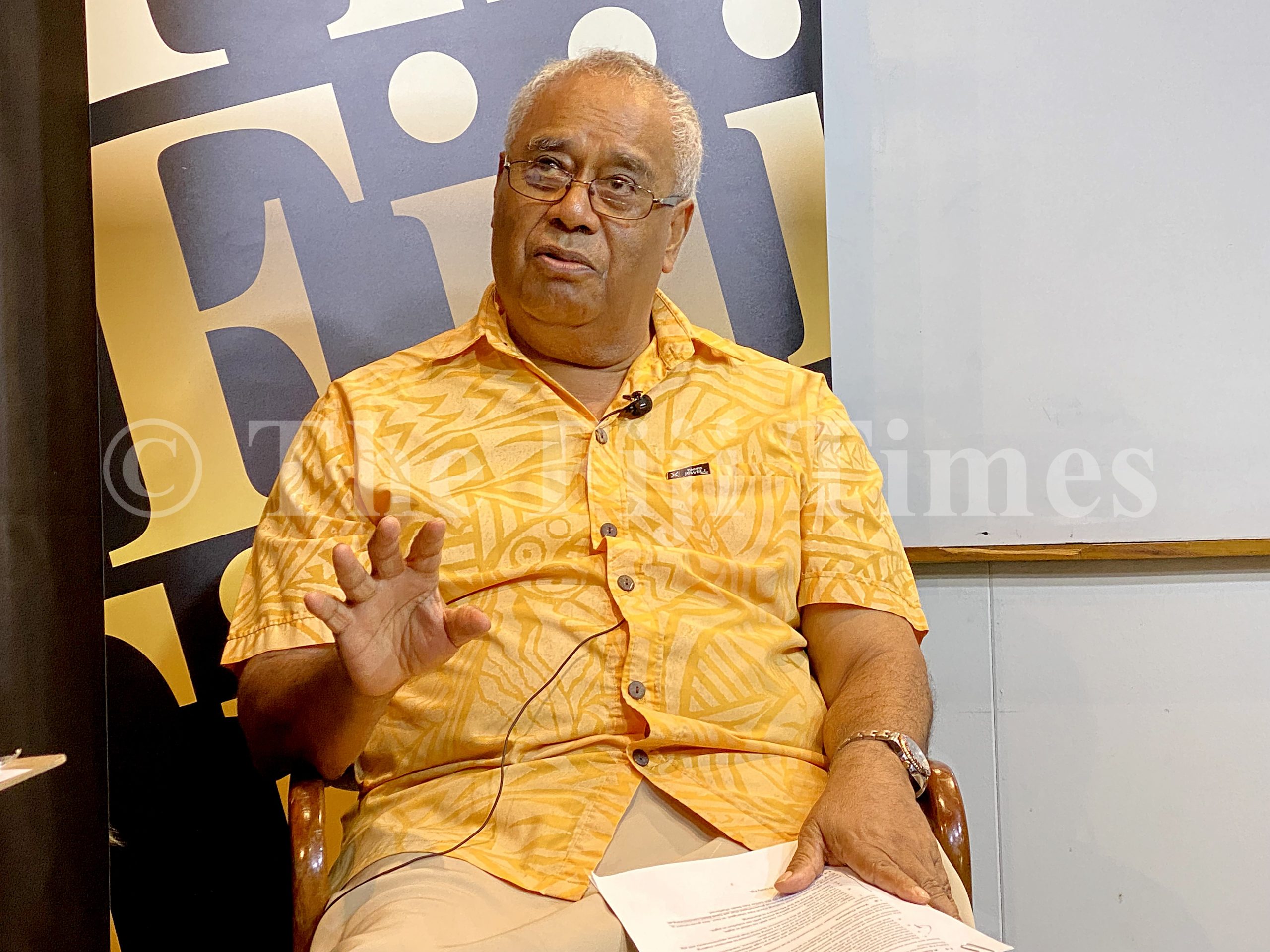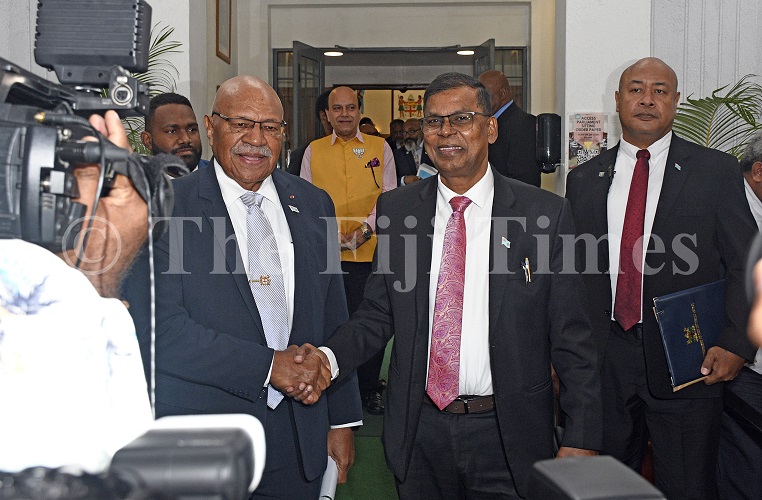On September 3, 1990, 75 garment workers from Mark One Apparel factory in Suva went on strike in protest against the management’s failure to meet its promise of higher pay.
This was highlighted by an article that was published by The Fiji Times the following day.
The strikes, who set up a shed outside factory premises, walked off their jobs at 7.30am shortly after they clocked in.
They claimed that management had promised a pay increase in December 1989 if workers had achieved the target quote of 5000 units per week.
But according to them, management had failed to keep its part of the bargain despite the rise in productivity rates.
“It is now almost a year and they still haven’t kept their promise,” a spokesperson for the strikers said.
“We start off on a basic minimum of 60 cents an hour but most of us here are getting $1 to $1.10 an hour but the wages seem to change every week.
“We just can’t afford to live on that amount. Some of us have to work overtime to offset rising costs of living.
“And if we work overtime, we get money taken off in tax.
“We’ve got families to support and mouths to feed and it is unfair to expect us to survive on those measly wages.”
The owner of the Australia-based company, Mark Halabe, said he had a promised a pay rise “only as efficiency rises.”
While he admitted the workers had reached their required target of 5000 units and more, Mr Halabe attributed the rise in production to an increase in staff.
“When I made that promise, we had only 100 staff here. Since then, we have had an increase in staff to 150. That is why we have had an increase in productivity.”
But the strikers denied there had been a staff increase and argued this didn’t relate to efficiency as Mr Halabe claimed.
“The issue here is that he had a promise. We reached the target of 5000 units. We kept our part of the bargain, and he hasn’t.”
The women also complained there was no sick leave and no wages statement provided by the company and they claimed discriminatory payment of bonuses by management.
“Why are they giving bonuses to staff cutters and not the rest of us?”
Mr Halabe told The Fiji Times that only workers who achieved the required target or more were entitled to bonuses.
“Only those workers who work hard and produce get bonuses.
“Why should I offer bonuses to those who don’t work as hard? Why should I give bonuses to those who don’t deserve it?
“Their work ethic is just out of order. The absenteeism rate here is very high. Last week, for instance, we had a 12 per cent absentee rate.”
Mr Halabe, who also ran a garment factory in Marrickville, New South Wales, said despite the smaller size at that factory, production output was exceedingly higher.
“How do you explain that? They’ve just got a better work ethnic there.”
But the strikers said it was misleading and unfair to compare local workers with those abroad “given that those abroad were paid higher wages for their efforts.
“How much are they getting in Australian and New Zealand factories? $7 to $9 an hour!
“You give the same wages and we’ll give you the same production output. You give us the incentive and we’ll give you the work ethic.
“If Mark Halabe can afford to pay his Australian workers higher wages, why can’t he pay us the same rate- why the double standard?”
The strikers further claimed that a number of them had their Fiji National Provident Fund contributions deducted although they didn’t have FNPF membership cards.
On September 3, despite attempts by Ministry of Labour officials, Anare Jale and Harbans Narayan to mediate, the dispute came to a deadlock as Mark One management refused to negotiate with the women “until and unless they are back on the job.”
But the women agreed to talks with management only if discussions were held on ‘neutral ground’ such as the Ministry of Labour.
And they added a further provision that management remove what they described as “scab labour” from the premises.
In response, Mr Halabe gave immediate placements to three women, who had applied for positions in the factory.
And he stood firm and said that he wouldn’t have the three workers removed “simply because the strikers demanded it”.
“Why should I have them removed? They wanted jobs and I gave it to them.
“They can come inside and talk about their problems but we have made our decision to stay inside.”
Mr Halabe further said the women had failed to notify him in writing of their intention to stage a strike in compliance with proper strike procedures.
“If they had asked me for a pay rise, I would have given it to them.”
In the month of August 1990, he had instigated a meeting with two of the workers and despite the opportunity to air their grievances, not one of them “mentioned anything about a promised pay rise”.
“I asked them whether they had any problems and so on, but they didn’t give me any reason to believe that they had complaints.”
The workers had vehemently denied this and said a delegation sent to hold talks with Mr Halabe had raised the issue of the pay rise.
The secretary of the women’s wing of the Fiji Trades Union Congress, Ema Druavesi, claimed Mark One’s management had spoken with other garment manufactures not to raise workers’ wages to avoid competition within the industry.





